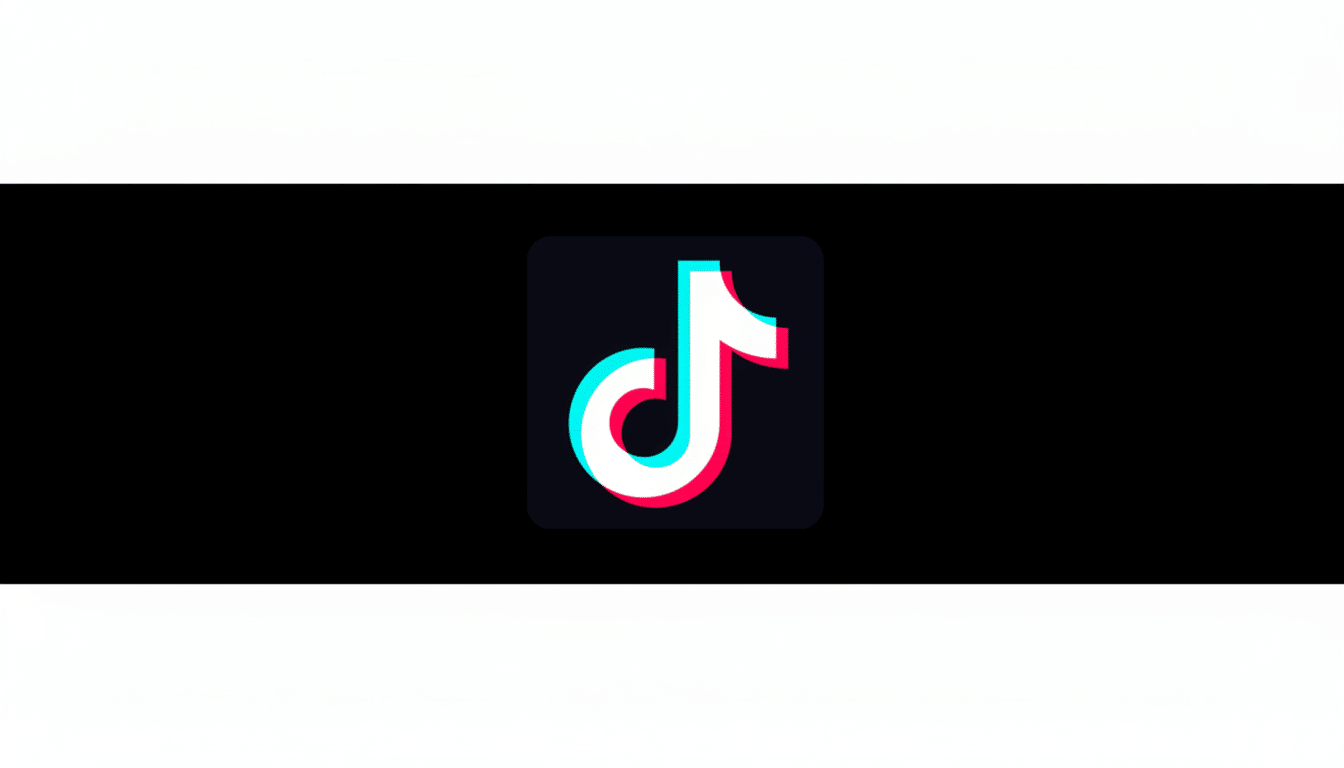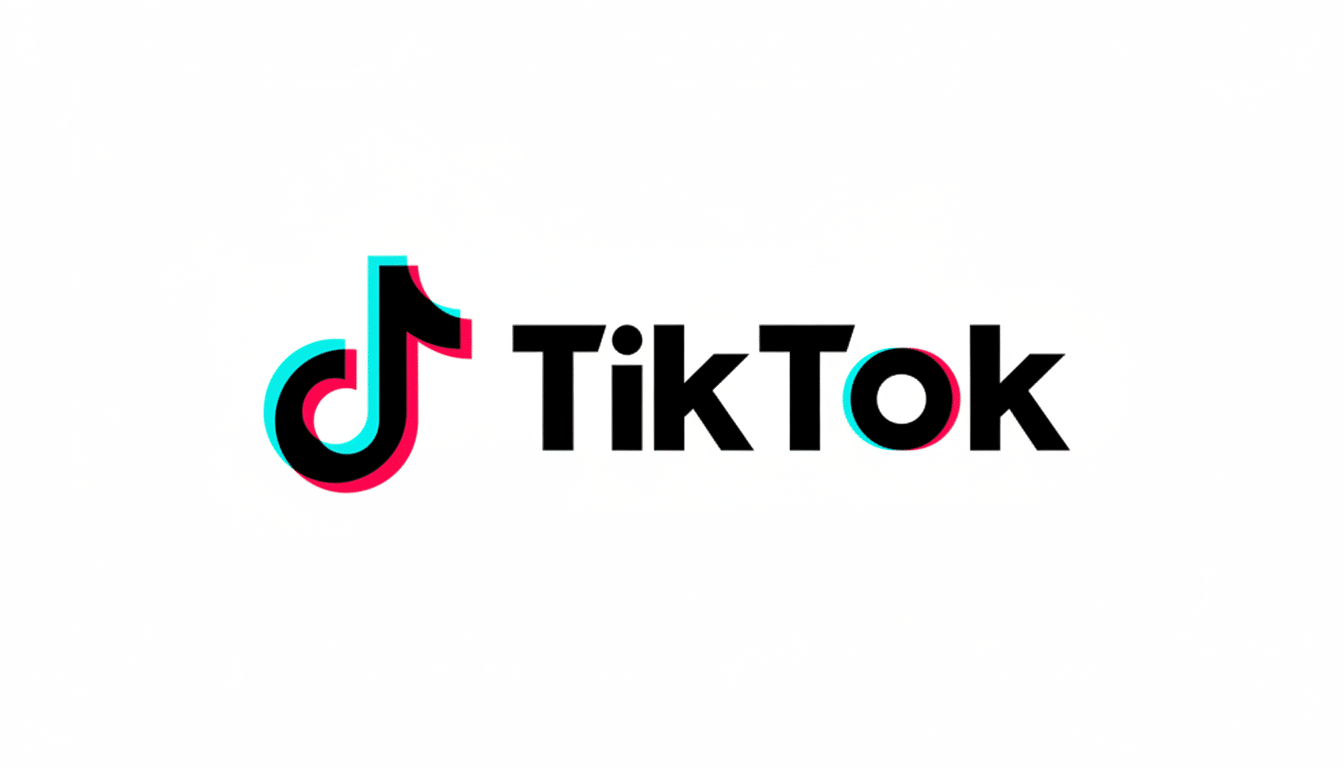A lighthearted visual joke on TikTok has found its target: a popular, decade-old trend. “Flip the camera” videos, in which a group record themselves dancing only to flip the phone and reveal who was holding it, are drawing fierce criticism for hijacking unsuspecting bystanders as unwitting punch lines.
On its surface, the format appears low-stakes: friends, a choreo, a reveal. But critics say the reveal is sometimes manipulated to shame the person behind the camera, who can be an aging or unhoused individual, someone socially isolated, or otherwise vulnerable. In execution, the joke is on the recorder.

Now, as pushback on TikTok and Instagram builds, creators and safety advocates are asking whether a viral joke has led to a disturbing case of harassment—and if the platforms are acting quickly enough in an attempt to contain it.
What Is the Flip the Camera Trend on TikTok?
The setup is simple: Dancers hand over their phone to another person and then ask them to film with the front camera, so they can watch themselves. Finally, they rush toward the lens, seize the device, and switch to the back camera, exposing, as the “gotcha” flourish, a quick cut to the filmer’s face.
Know Your Meme identifies an early popular example from late October by creator @jaycrudddy, whose clip garnered about 1.3 million views. Within days, copycats sprang up and mimicked the drop-beat-reveal format, often trying to go for even bigger reactions by choosing a recorder based on his appearance or status that would provoke laughter.
Why Critics Call It Bullying and Punching Down
Critics have been quick to push back against the new format, arguing that it creates an incentive for “punching down.” On Instagram, the creator @coquettesvanilla cautioned that the trend normalizes mild humiliation as a form of entertainment while leaving its targets feeling insecure and left out. TikTok star Tinx denounced it as “straight-up cruelty,” while others found it “disgusting,” in part because many of the recorders seem like good samaritans who have agreed to help.
Not all videos are malicious, and in some the friends are in on the joke. But the mechanics incentivize shock value—and the cheapest way to up them is to splash a reveal of someone who didn’t sign up to be the punch line. That’s the ethical fault line: surprise comedy vs. coerced humiliation.
The Damage Behind the Joke and Its Real-World Impact
Studies have shown that even lowbrow online mockery can sometimes pack an outsize punch when it is packaged for virality. In 2022, the Pew Research Center showed that 46% of U.S. teens had been bullied or harassed at least once online. With about 67 percent of teens using TikTok and 16 percent saying they go on the app nearly constantly, a single humiliating clip has the potential to become much more widespread than what circulates in a school hallway.
The U.S. Surgeon General’s 2023 advisory on social media notes that public shaming and negative comparisons can amplify anxiety and depression in young people. Results reported by the Cyberbullying Research Center also relate repetitive online embarrassment to lower self-esteem and increased emotional problems. The flip trend, its critics argue, weaponizes humiliation as a visual hook—and turns someone’s face into shareworthy content.

Consent, Moderation, and Platform Policy on Harassment
TikTok’s Community Guidelines prohibit harassment and bullying, which includes content that insults, shames, or humiliates private individuals. In reality, compliance relies on reporting and oversight. A flip-the-camera video that is specifically made to shame one individual likely falls under the category of impermissible behavior, especially if it involves a child or an otherwise vulnerable person.
Consent complicates matters. Filming in public is typically legal, but “lawful” isn’t always code for “ethical,” and schools and private institutions can have policies against filming without consent. More importantly, people who hand over a phone are usually not giving consent to be the butt of a viral joke—an example that matters for platforms looking at intent to harass.
Viewers can report clips that they find to be offensive in the app via the Report tool under bullying or harassment. Targets (and their guardians) also have the ability to ask for content to be removed, ban comments, and block accounts. TikTok says repeated infractions can result in content being removed and accounts suspended, but critics believe it needs to act more quickly with pattern-based moderation when trends inherently facilitate humiliation.
What Parents and Viewers Can Do to Respond Responsibly
Don’t share for outrage. “Engagement, even negative engagement, tells the algorithm that people want to see more of the format.” If a reveal looks nonconsensual or degrading, report it and get on with your life.
Discuss “the reveal test” with kids: If the person in the photo would be embarrassed to see it displayed in front of someone else, choose one that is less intimate.
Encourage creators to stage reveals with willing friends, or flip to something benign—a beloved pet, a sign, a prop—that keeps the joke from landing on someone’s face.
TikTok trends soar and fade in no time, but a community’s response sets norms that outlive any sound or dance. The critique being laid out by critics is fairly straightforward: clever edits and camera trickery are acceptable; turning strangers into the punchline, less so.

